The traditional Japanese breakfast is a healthy and delicious way to start the day. While it might seem to Western diners to have more in common with a lunch or dinnertime meal, it is surprisingly light, providing you with the necessary carbohydrates, protein, and fibre to face the day with confidence.
While the specific components may vary from one Japanese breakfast to another, there are certain staple ingredients common to all. These typically include steamed rice, miso soup, and a source of protein (usually fish, egg, or fermented soybeans), together with a selection of side dishes, such as nori (dried, seasoned seaweed), natto (fermented soybeans), tsukemono (Japanese pickles), kobachi (literally ‘small bowl’, often referring to a vegetable-based side dish), and green salad.
That may seem like a lot, but portions are sensibly-sized to deliver a range of flavours and nutritional benefits, without being too filling or heavy.
Preparing a Traditional Japanese Breakfast
If you’re creating a traditional Japanese breakfast, it’s best to start off simple. Stick with the staples of rice, soup, and protein, accompanied with a single side dish of vegetables or pickles and complete the meal with a refreshing cup of hot green tea.
Japanese Breakfast Dishes
Gohan: plain steamed rice is an essential component of any Japanese breakfast. Either brown rice (genmai) or white rice (hakumai) can be used.
Miso Shiru: miso soup is a simple, hot soup dish made from miso – a fermented soybean paste, popular in Japanese cooking – and a dashi broth. This forms a base soup into which several optional ingredients can be added. These can include tofu, wakame seaweed, chopped green onion, mushrooms, seafood, and other seasonal ingredients. Some Japanese breakfasts serve the miso shiru plain, relying on the other side dishes to add variety to the meal.
Natto: these are fermented soy beans, usually served directly over the steamed rice, providing a great source of protein. It has a characteristic aroma and is often seasoned with soy sauce, dried bonito shavings (katsuobushi), spicy mustard (karashi), and other flavourings.

Yakizakana: grilled fish is another popular protein for a traditional Japanese breakfast, with salmon and horse mackerel being particular favourites. Yakizakana is simply prepared and usually only seasoned with salt, to maximise the flavour of the fish itself.
Tsukemono: this refers to a wide variety of pickled fruits and vegetables served as part of a traditional Japanese breakfast. Popular choices include takuan (daikon), umeboshi (plum), cucumber, and Chinese cabbage.
Nori: this is a dried and seasoned seaweed dish, often used to flavour the steamed rice at breakfast.

Kobachi: in a Japanese breakfast, kobachi normally consists of vegetables, either steamed and served with rice, or a fresh salad.
Simple Shortcuts for a Japanese Breakfast
If this all sounds a little complicated, there are ways to streamline the breakfast process. Traditionally, Japanese families have leftover steamed rice that they warm up in a rice cooker, as well as leftover miso soup from the previous night that can easily be reheated. Both natto and tsukemono are available pre-packaged and ready to eat, as are various flavourings and garnishes for the rice.









